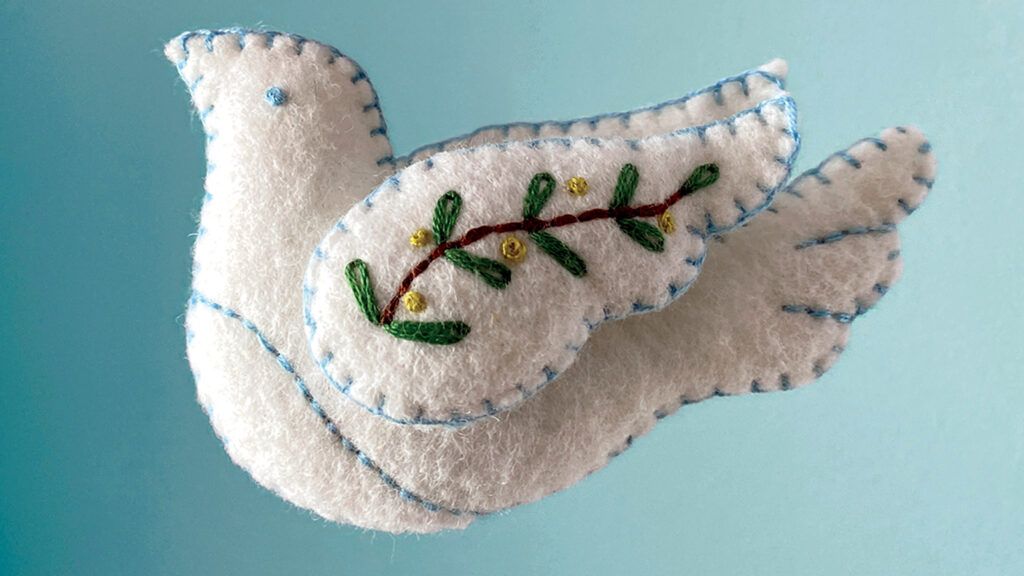I’m sorry. Two little words that play a big part in our daily vocabulary. You might apologize while squeezing through a crowd or using the last of the printer paper at work. We toss off these everyday “I’m sorry’s,” but true apologies are a different story.
Even if you feel guilty for having hurt someone, you might have trouble finding the right way to express your remorse. How do you give a meaningful apology? How do you ask for one? If both parties are at fault, who should say sorry first? With these tips, you’ll find that sorry doesn’t have to be the hardest word.
Keep it real
“For the person who needs an apology, it’s a validation of their feelings,” says Beverly Engel, author of The Power of Apology. “It’s very healing. If someone admits they did something wrong, it helps us not feel leery. We can let our guard down.”
But the relationship will remain strained if the apology seems perfunctory. You have to be truly willing to apologize. Are you afraid that saying sorry will make you look weak? Actually, a sincere apology helps repair not only the relationship but also your reputation—you’re showing that you can be trusted to do what’s right. Avoid the nonapology apology: “I’m sorry you were offended by what I said.” It’s doublespeak.
Sometimes it’s better to leave a hurt in the past. If apologizing means reaching out to someone who will cause you harm or be emotionally damaged by being reminded of your actions, forgive yourself and move on.
The three R’s
A meaningful apology comes down to what Engel calls the three R’s—regret, responsibility and remedy.
Communicate your regret. Show the other person you recognize your error and empathize with her pain. Try to see the situation from her point of view. A statement such as “I know I hurt your feelings, and I feel awful about it” can go a long way.
Take complete responsibility. Don’t make excuses or blame the victim. If you feel the need to explain your actions, keep it brief and follow it with a sincere mea culpa, such as “My behavior was unacceptable.”
Show that you’re working to remedy the situation. Offer to make up for the harm you caused. Or explain the steps you’re taking to make sure it doesn’t happen again.
Asking for it
If you’re the offended party, describe what’s changed in the relationship and how you feel about it. For example, you could say, “There’s this rift between you and me, and I want us to be friends again. But I’ve been hurt, and I’d like an apology. I need you to acknowledge what you did.’’ Don’t demand. Emphasize that the relationship is important to you.
Two-way street
Say a misunderstanding turned into a nasty exchange. You want to reconcile but feel the other person should apologize first. “If you recognize that you played a role, examine why you feel you need them to apologize first. It’s probably pride,” says Engel. Get over it.
Try: “We had this disagreement, and I feel we’re both to blame. I want to apologize for my part.” You’re acknowledging the blunder and asking the other person to take responsibility as well. Most people will appreciate the initiative and step up, but there are no guarantees.
That’s something to keep in mind anytime you offer an apology. Don’t expect immediate forgiveness. It might take the other person a while to process your words and their feelings first. Still, don’t you feel lighter now that you’ve let go of your burden of guilt?
For more inspiring stories, subscribe to Guideposts magazine.





